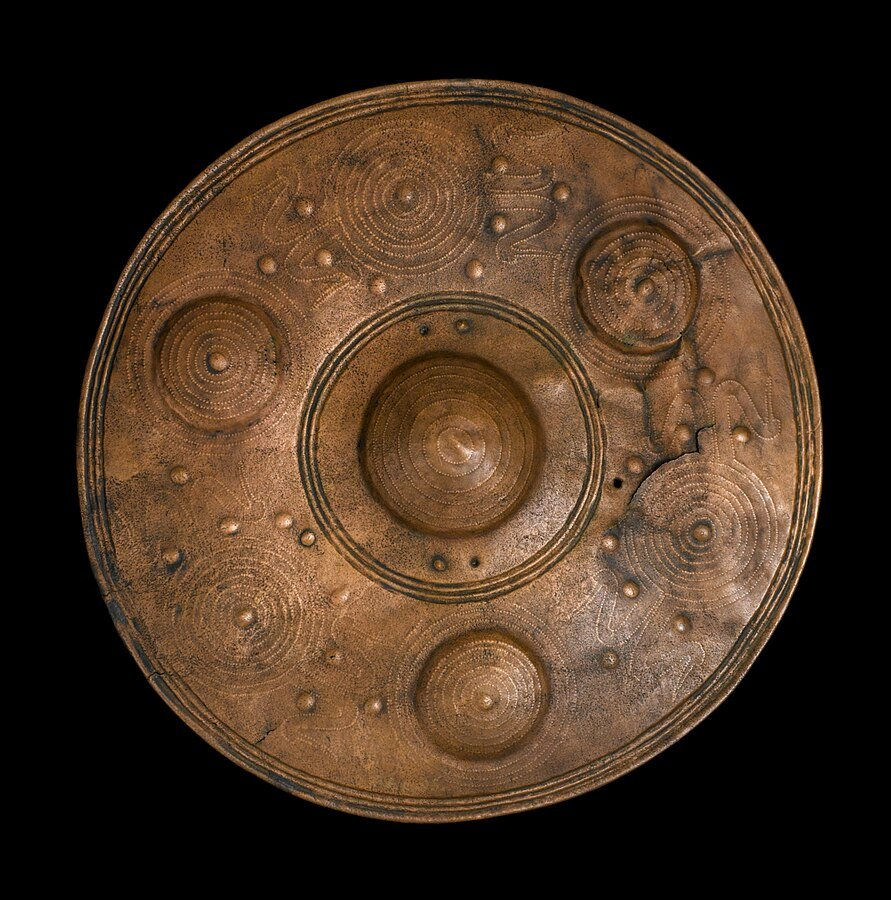Bronze Age Culture - Rise of Heavy Metals
- Sylvia Rose

- Oct 22, 2023
- 3 min read
Updated: Jan 9, 2024
The Bronze Age lasts from c. 3300 to c. 1200 BCE, the second of three Metal Ages, following copper, the metal of Venus, and preceding iron, the metal of Earth.
Read: Cult of the Fire God - Bronze Age Quest Adventure
The copper or Chalcolithic Age transitions easily to Bronze. The Metal Ages mark the advent of worked metal tools and weapons, smelting of metals, and the legendary blacksmith.
See also:
The smith, metal worker or metallurgist has arcane wisdom and knows the secrets of magic due to elemental connections. A smith can forge, heat, bend and shape metals of the Earth, thus has an almost supernatural control over the forces of nature.
Read: Cult of the Fire God - Bronze Age Quest Adventure
Heat causes iron to glow red (coolest), orange, yellow, and finally white (hottest), a visual transmutation. Blacksmith becomes a trade in c. 1500 BCE, when steady developments in metallurgy announce the approach of the Iron Age.
See also:
Before blacksmithing, people worked with native metals such as silver, copper and gold, three of the metals of antiquity, those discovered and used by early humans.
They occur in raw form and can be easily extracted from the earth. Iron is available from meteorites but the tools or technology to extract it from ore don't appear until c. 1800 BCE, in the region of today's Turkey.
See also:
The first use of tin goes back to 3500 BCE in forming the alloy bronze. Bronze is 88% copper and 12% tin.
While copper is too soft to made good weaponry and tools, the alloy has better results. The metalloid arsenic can also be used for a harder bronze, and blacksmiths later would pay the price.
See also:
Iron has a higher melting point than copper, which has a slightly higher melting point than tin. Copper and tin alloys are found in Neolithic kilns of c. 6000 BCE.
During the Bronze age, writing also takes form at varying rates per region. The first written language is Sumerian cuneiform, c. 3400 BCE. The first hieroglyphic script develops in Egypt c. 3100 BCE.
See also:
Mesopotamia leads the way into the Bronze Age. It becomes a prolific period throughout the world marked by written language, standardized exchange and extensive use of metals.
The Bronze Age also fortifies trade networks such as the Amber Roads and other overland, river and sea routes. Agriculture, irrigation and animal husbandry improve.
See also:
It's a time of high agricultural production and prosperity. Overall the Bronze Age sees the development of
writing
the potter's wheel
the spoked wheel
domestication of horses and camels
centralized governments
written law codes
city-states
nation-states
empires
advanced architectural projects
canals and irrigation systems
social stratification
economic and civil administration
wagons and chariots
organized warfare
medicine and religion
... and lays the groundwork for modern mathematics, astronomy and astrology. Progressive powers rise up in Arabia, trade routes expand along the Nile and and other major waterways. Towns grow into city states and busy trade route stops become kingdoms.
See also:
Bronze Age cultures flourish in Sumer and Mesopotamia, Anatolia, Egypt, Levant, Syria, Asian countries, Korea, Japan, Europe, the Cyclades & Mycenaean cultures. Crete, Africa, South America and Mexico also give rise to complex civilizations.
Between 1200 and 1150 BCE, massive collapse hits the Bronze Age civilizations and chaos reigns. An Age of Darkness enshrouds the land. From the flames a phoenix rises, and its name is Iron.
See also:









